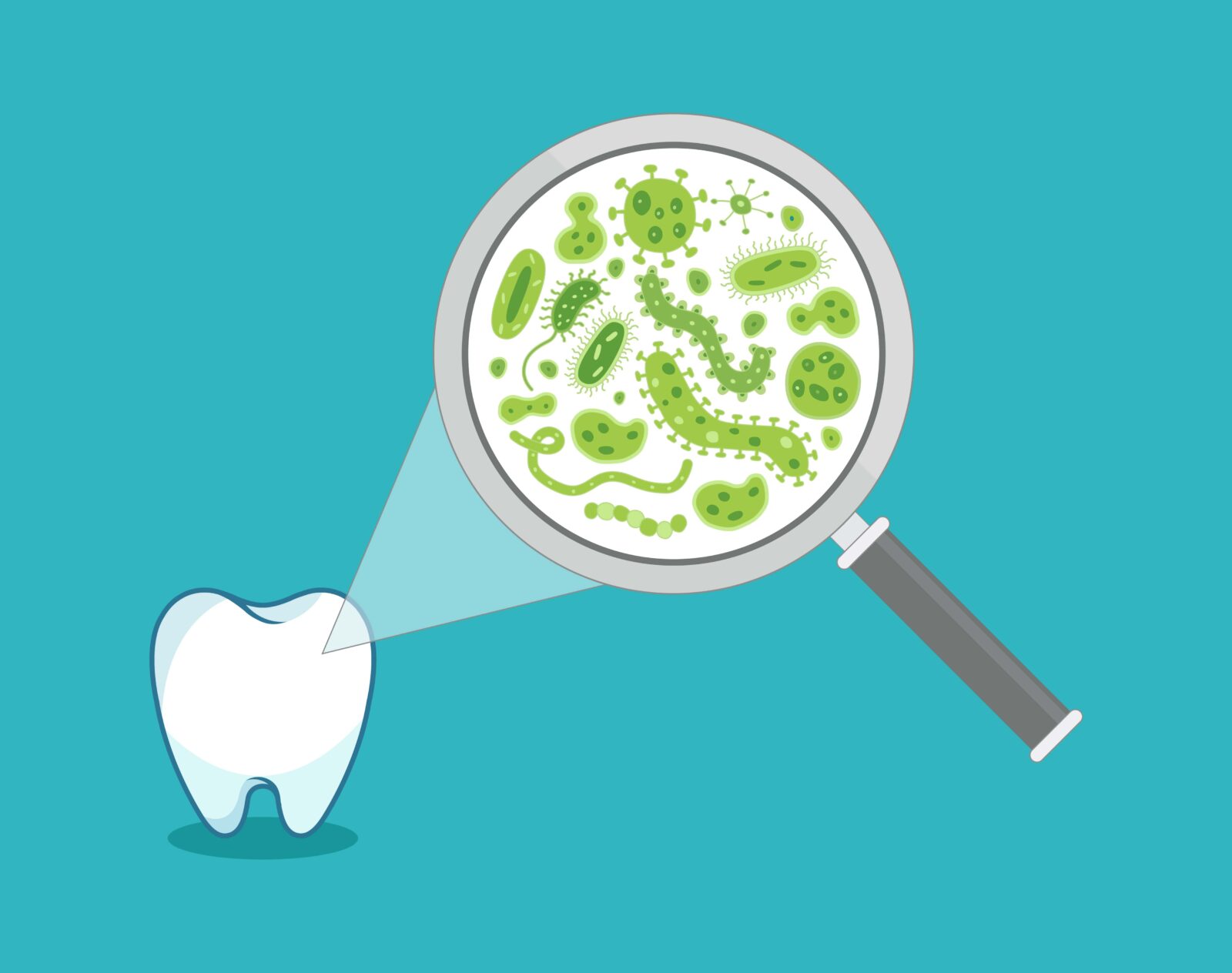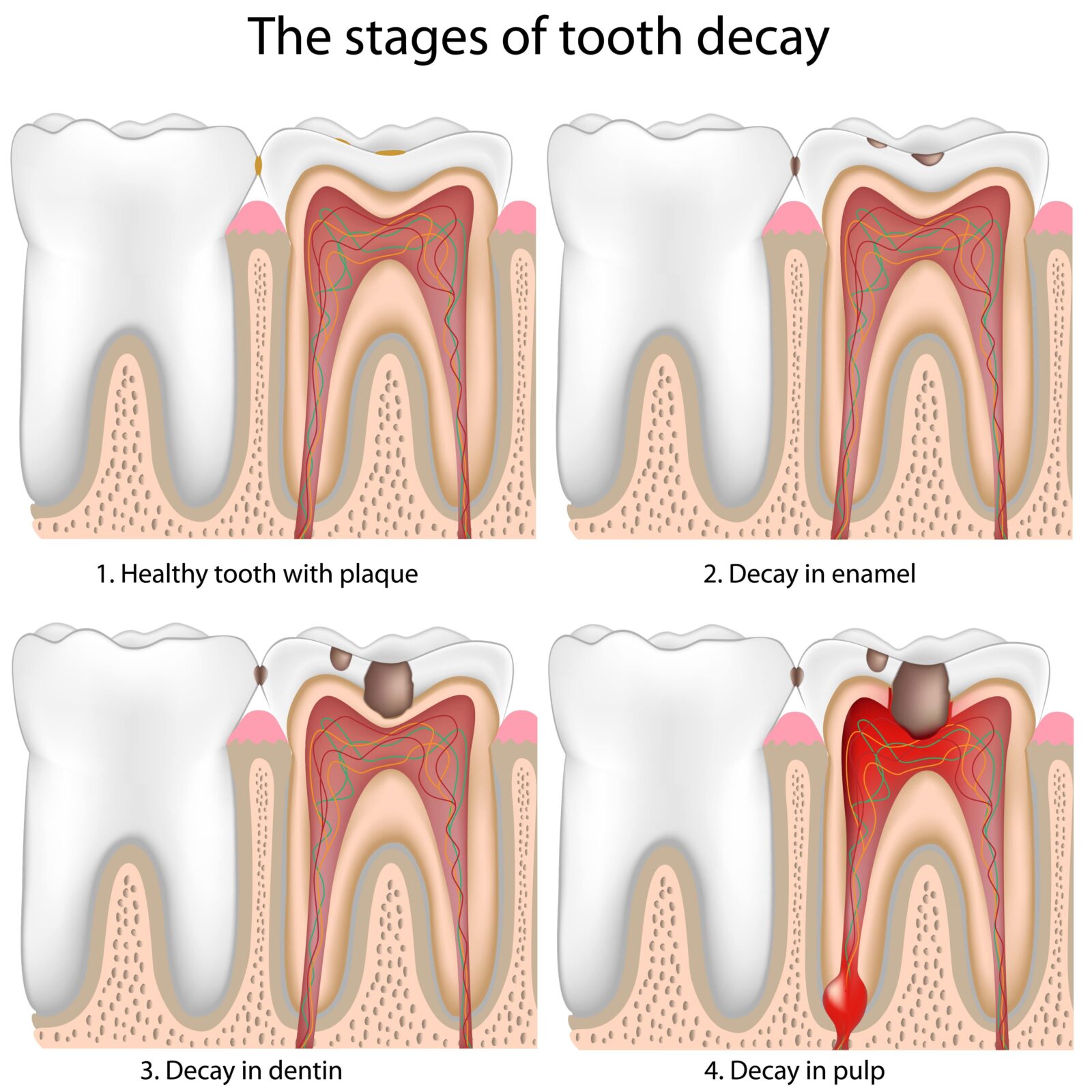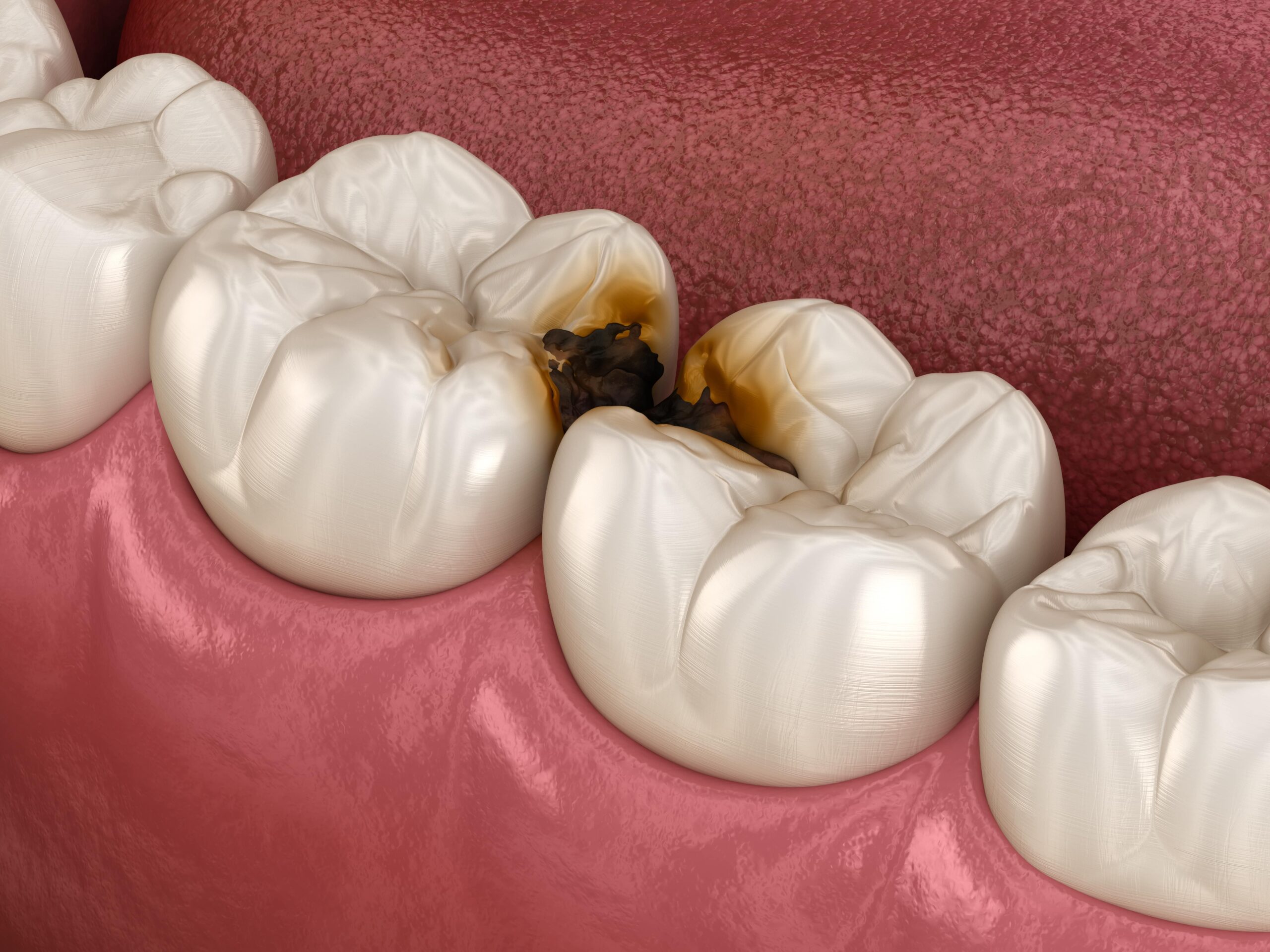Welcome to our informative dental health blog! Today, we’re focusing on a topic that is both common and crucial in dental care – cavities. These small yet significant dental issues, known scientifically as dental caries or more commonly as tooth decay, are a prevalent concern for people of all ages. In this blog post, we aim to demystify cavities, exploring their causes, how they form, and most importantly, the effective strategies for their prevention. Understanding cavities is not just about dental science; it’s about empowering ourselves with knowledge to maintain excellent oral health. So, whether you’re looking to enhance your oral hygiene routine or simply curious about dental health, this post is your guide to understanding and combating cavities. Let’s embark on this educational journey together!
What Are Cavities?
Cavities are permanently damaged areas in the hard surface of your teeth that develop into tiny openings or holes. They are the result of tooth decay, which is the destruction of your tooth enamel, the hard, outer layer of your teeth. While cavities are more common among children, adults are also at risk, especially with age-related factors like receding gums and wear on dental fillings.
What Causes Cavities?
Understanding what causes cavities is key to preventing them.
The primary cause of cavities is the interaction of bacteria in your mouth with sugary and starchy foods and drinks. Several factors can increase the risk of developing cavities, including:

- Poor Oral Hygiene: Not brushing and flossing regularly allows plaque to remain on your teeth and continue the acid production process.
- Frequent Snacking and Sipping: Frequently eating or drinking sugary or starchy items gives bacteria more fuel to produce acids.
- Lack of Fluoride: Fluoride, a mineral that can prevent cavities and can even reverse the earliest stages of tooth damage, is often missing in some water supplies and oral hygiene products.
- Dry Mouth: Saliva helps wash away food particles and neutralize plaque acid. A lack of saliva, therefore, can increase the risk of cavities.
How Do Cavities Form?
The formation of cavities is a process that involves several stages, each contributing to the gradual deterioration of tooth enamel and the eventual development of a cavity. Here’s a detailed look at how cavities form from start to finish:
Formation of Dental Plaque:
- Initial Stage: It begins with the formation of dental plaque, a sticky, colorless film that constantly forms on and between teeth. Plaque is primarily composed of bacteria, along with saliva, food particles, and other natural substances.
- Bacterial Activity: The mouth naturally contains various types of bacteria. Some of these bacteria are harmful and thrive on the sugars and starches in the food we eat.
Acid Production:
- Feeding Bacteria: When you consume foods or drinks containing sugars and starches, the bacteria in the plaque feed on these sugars and produce acid as a by-product.
- Acid Attack: These acids begin to attack the tooth enamel, the hard, protective outer layer of the tooth, immediately after consumption of sugar.
Demineralization:
- Loss of Minerals: The acid attack leads to demineralization, a process where essential minerals like calcium and phosphate are stripped away from the enamel. This stage is characterized by the loss of the tooth’s natural hardness.
- White Spots: Early demineralization may be visible as white spots on the teeth, indicating early tooth decay.
Enamel Erosion:
- Weakening of Enamel: As the acid attacks continue over time, the enamel is progressively weakened and eroded. This erosion creates tiny openings or holes in the enamel – the first stage of cavities.
- Increasing Damage: If the process is not halted, these openings can become larger, and more layers of the tooth can become affected.

Progression to Dentin:
- Reaching Dentin: Once the enamel layer is breached, the bacteria and acid can reach the dentin, the softer, less mineralized layer beneath the enamel.
- Increased Sensitivity: Dentin is connected to the nerve of the tooth, so when it is compromised, it may lead to increased sensitivity to hot, cold, or sweet foods and drinks.
Formation of the Cavity:
- Cavity Development: The continuous production of acid by plaque bacteria leads to further decay, creating an actual cavity in the tooth.
- Visible Damage: At this stage, the cavity becomes visible, and food particles can get stuck in it, exacerbating the problem.
Advancing to the Pulp:
- Affecting the Pulp: If the cavity is left untreated, it can progress deeper into the tooth, reaching the pulp, which contains the tooth’s nerves and blood vessels.
- Pain and Infection: This can lead to pain, inflammation, and even a dental abscess, a more severe infection that can cause significant pain and swelling.
Potential Tooth Loss:
- Severe Decay: In the most severe cases, if the decay is not treated, it can destroy the entire tooth, leading to the need for a root canal treatment or even extraction.
Preventing cavities involves disrupting this process, primarily by maintaining good oral hygiene to remove plaque, reducing the intake of sugary and acidic foods and drinks, and using fluoride-based dental products to strengthen enamel. Regular dental check-ups are also crucial for early detection and treatment of cavities before they progress.
Preventing Cavities
The good news is cavities are largely preventable. Here are a few tips to reduce the risk of developing cavities:
- Maintain Good Oral Hygiene: Brush your teeth twice a day with fluoride toothpaste and floss daily.
- Eat a Balanced Diet: Limit sugary snacks and drinks, and opt for nutritious food choices.
- Regular Dental Visits: Regular check-ups and cleanings are vital for preventing cavities and catching them early.
- Consider Dental Sealants: Sealants can provide a protective layer over the teeth, particularly beneficial for children.
- Use Fluoride: Fluoride strengthens enamel and can reverse early signs of tooth decay.
Conclusion
Understanding cavities’ formation, causes, and prevention strategies is a significant step toward maintaining optimal oral health. By incorporating good dental habits into your daily routine and seeking regular professional care, you can effectively guard against cavities and enjoy a healthier, happier smile. Remember, every step you take towards oral hygiene not only protects your teeth but also supports your overall health and well-being.



